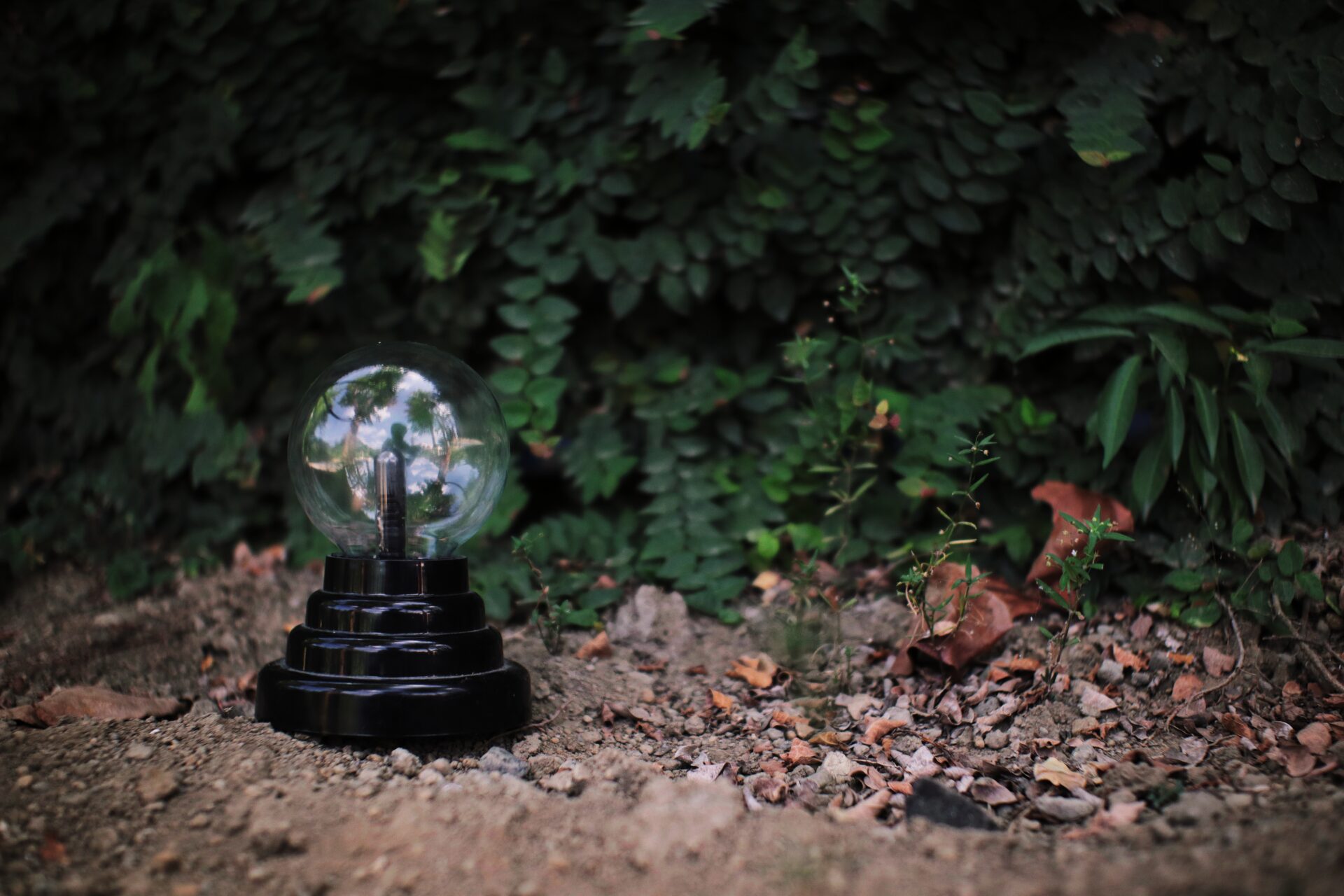Reducing Plastic: An Eco-Friendly Revolution in Balls
Did you know that nearly 8 million metric tons of plastic are dumped into the ocean every year? With the increasing recognition of the detrimental impact of plastic on the environment, the sporting industry is now embracing a revolutionary shift towards reducing plastic in one essential aspect – balls. From soccer balls to golf balls, manufacturers are taking innovative measures to create eco-friendly alternatives that not only preserve our planet but also enhance the overall sports experience.
One of the key issues with traditional plastic balls is their contribution to pollution and waste. Improper disposal of these balls results in them ending up in landfills or being swept into our waterways. This not only harms marine life but also affects ecosystems and natural habitats. However, thanks to advancements in technology and materials, a new generation of eco-friendly balls has emerged, aiming to mitigate these negative impacts. These sustainable balls are made from biodegradable materials or recycled plastic, reducing their carbon footprint and ensuring a longer lifespan in circulation.
Moving forward, let us delve into the key takeaways of this eco-friendly revolution in balls. We will explore the advantages of using these sustainable alternatives, the impact they have on sports performance, and evaluate how consumers can actively contribute to this positive change. Through an in-depth analysis, we aim to shed light on the transformative power that reducing plastic in balls can have, not only on the sporting industry but also on our planet as a whole. Stay tuned for valuable insights and practical tips on joining this eco-friendly revolution!
Key Takeaways
1. Increasing awareness and concern about environmental sustainability have led to a revolution in the reduction of plastic usage in various industries, including the sports equipment sector.
2. The issue of plastic waste in sports balls has been addressed through innovative manufacturing techniques, with companies adopting sustainable materials such as natural rubber and recycled plastic to produce eco-friendly alternatives.
3. By utilizing sustainable materials, companies not only contribute to reducing the overall plastic waste, but also offer products that maintain high performance and durability, ensuring a win-win situation for both the environment and consumers.
4. Initiatives like 1% for the Planet and the Plastic-Free Pledge have played a significant role in encouraging sports equipment manufacturers to adopt eco-friendly practices, promoting a more sustainable future in the industry.
5. Consumers have a crucial role to play in driving the demand for sustainable sports balls, as their choices and preferences can influence manufacturers to prioritize eco-friendly practices and products over traditional plastic-based options, hence accelerating the shift towards a plastic-reduced future.
How Can We Foster an Eco-Friendly Revolution in Balls by Reducing Plastic?
The Plastic Problem in the Ball Industry
Plastic waste has become a pressing environmental concern, and its impact on our planet cannot be overlooked. The ball industry, which includes sports balls, children’s play balls, and even decorative balls, is a significant contributor to this plastic pollution. Exploring ways to reduce plastic in balls is crucial for a sustainable future.
Implementing Sustainable Materials
One effective solution is to transition from plastic materials to eco-friendly alternatives in ball production. Materials like natural rubber, biodegradable polymers, or recycled plastics can serve as suitable replacements. By sourcing sustainable materials and encouraging their usage, ball manufacturers can significantly reduce the plastic content of their products.
Exploring Innovative Design Approaches
In addition to sustainable materials, innovative design approaches can contribute to plastic reduction in balls. For instance, designing balls with interchangeable parts can extend their lifespan, thus reducing the need for frequent purchases. Moreover, implementing modular structures using eco-friendly materials can make recycling and disposal more manageable, reducing waste generation.
Raising Awareness and Educating Consumers
Spreading awareness about the environmental impact of plastic in balls and educating consumers on sustainable alternatives is essential. By highlighting the benefits of eco-friendly options and explaining how they help in reducing plastic waste, manufacturers can empower consumers to make conscious choices. Encouraging the use of reusable balls or recycling programs can play a significant role in creating an eco-friendly revolution.
Collaboration and Industry Initiatives
Reducing plastic in balls requires collective efforts from different stakeholders, including manufacturers, retailers, consumers, and environmental organizations. Collaboration is key to creating industry-wide initiatives that promote the use of sustainable materials, establish recycling programs, and advocate for stricter regulations on plastic usage in ball manufacturing. By working together, we can achieve a significant positive impact on the environment.
Numered Guides: How to Make a Difference?
- Choose balls made from sustainable materials like natural rubber or biodegradable polymers.
- Support brands and manufacturers that prioritize eco-friendly production methods.
- Spread awareness about plastic pollution in the ball industry and educate others on the importance of reducing plastic waste.
- Consider purchasing balls with replaceable parts or modular designs to prolong their lifespan.
- Participate in recycling programs or donate old balls to organizations that repurpose or recycle them.
- Advocate for stricter regulations on plastic usage in ball manufacturing by supporting environmental campaigns and initiatives.
- Encourage sports clubs, schools, and communities to adopt sustainable practices and promote the use of eco-friendly balls.
Frequently Asked Questions
1. What is Reducing Plastic: An Eco-Friendly Revolution in Balls?
Reducing Plastic: An Eco-Friendly Revolution in Balls is a movement aimed at minimizing the use of plastic in various ball manufacturing processes. It encourages the adoption of sustainable alternatives, such as biodegradable materials, to mitigate the negative environmental impact caused by plastic waste.
2. Why is reducing plastic in balls important?
Reducing plastic in balls is crucial because it helps address the significant problem of plastic pollution. By minimizing the use of plastic materials in ball production, we can contribute to cleaner oceans, reduce greenhouse gas emissions, and protect wildlife habitats.
3. How are plastic balls harmful to the environment?
Plastic balls contribute to environmental harm in multiple ways. They are often made from non-biodegradable plastics derived from fossil fuels, leading to increased land and water pollution. Additionally, the production and disposal of plastic balls require significant energy consumption, contributing to the overall carbon footprint of ball manufacturing.
4. What alternative materials can be used instead of plastic in balls?
There are several viable alternatives to plastic in ball manufacturing. These include biodegradable materials like natural rubber, cork, or organic cotton, which are more environmentally friendly and sustainable options.
5. Are eco-friendly balls as effective as plastic ones?
Yes, eco-friendly balls can be just as effective as their plastic counterparts. With advancements in material technologies, manufacturers can now produce balls that offer similar performance, durability, and quality while being more sustainable and less harmful to the environment.
6. Where can I find eco-friendly balls?
Eco-friendly balls can be found at various sports retailers that prioritize sustainability and eco-conscious products. You can also explore online marketplaces and specialty stores that specifically offer environmentally friendly sports equipment.
7. Are there any regulations or certifications for eco-friendly balls?
Yes, there are certifications and standards in place to verify the sustainability of eco-friendly balls. These include certifications like Forest Stewardship Council (FSC), Global Organic Textile Standard (GOTS), or Biodegradable Products Institute (BPI) certification. Always look for these certifications to ensure the eco-friendly claims of the balls you purchase.
8. Can I recycle eco-friendly balls?
The recyclability of eco-friendly balls depends on the specific material they are made from. Some materials, like natural rubber or cork, can be recycled through appropriate recycling programs. It’s important to check the packaging or product information for recycling instructions and consult with local recycling facilities for proper disposal methods.
9. How can I contribute to reducing plastic in balls?
You can contribute to reducing plastic in balls by opting for eco-friendly alternatives when purchasing sports equipment. Additionally, supporting companies and manufacturers that prioritize sustainability and actively work towards reducing plastic use can help drive change in the industry.
10. What role do sports organizations play in reducing plastic in balls?
Sports organizations have a significant role to play in reducing plastic in balls. By implementing policies that encourage the use of eco-friendly balls in competitions and events, they can set an example for athletes, fans, and other sports associations. Collaboration with manufacturers and promoting awareness among participants can also create a positive impact on reducing plastic in balls.
Final Thoughts
Reducing plastic in balls is not just a sustainable choice but an essential step towards protecting our environment and ensuring a healthier future. By adopting eco-friendly materials and practices in ball manufacturing, we can minimize plastic pollution and contribute to a more sustainable sporting industry. Together, let’s embrace this eco-friendly revolution in balls and make a positive impact on our planet.
Choosing eco-friendly balls goes beyond just a personal choice – it is a collective responsibility. Through small changes in our purchasing habits and supporting initiatives that promote sustainable practices, we can drive the demand for plastic-free alternatives and inspire others to follow suit. Let’s strive for a future where plastic-free balls become the norm, setting an example for other industries and creating a lasting change for generations to come.




